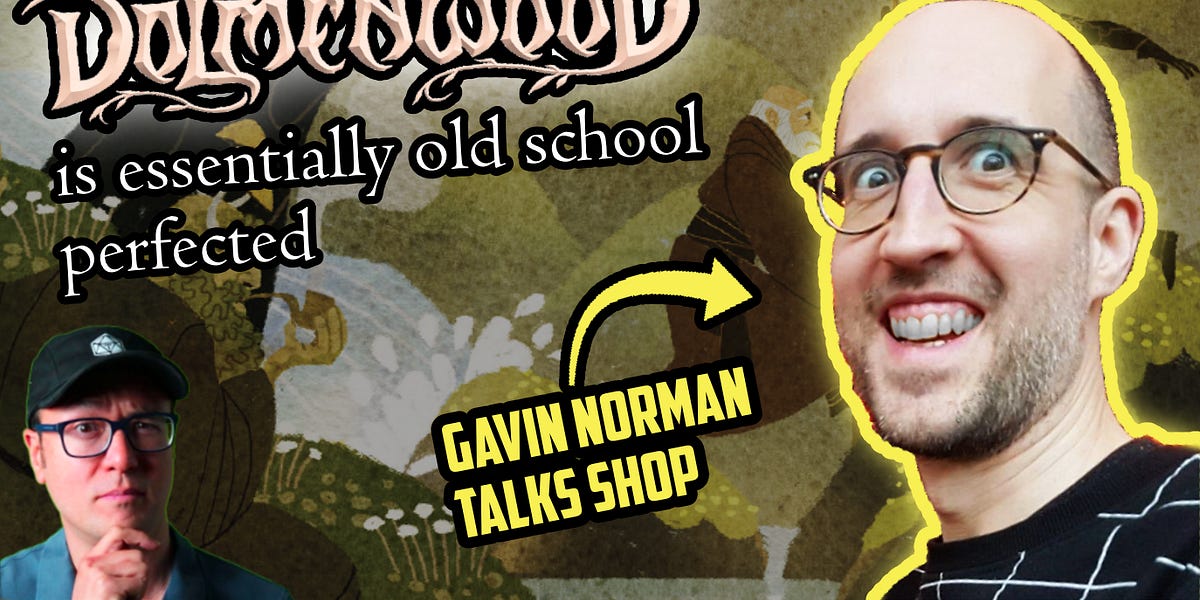- With regard to the actual B/X rules, they have been often recapitulated and in a sense placed on a sort of golden pedestal at this point. But there was a recent interview with some of the original creators where they admitted that they didn’t really have much experience with game design at the time and to some degree didn’t know what they were doing. Do the B/X rules deserve the adoration and almost worship that they now receive? If they do, why do you think so?
Yeah, my background in software engineering definitely has a strong influence on my RPGs and my focus on information design.
About B/X, my feeling is that the reason the game is so beloved is that, while the rules are certainly not “perfect”, it encapsulates the iconic D&D experience in a perfectly formed package. In just 128 pages you get the foundational D&D content, enough for years of play with no further books: the classic 4 core classes and races; a great selection of the most iconic 100+ spells, 200+ monsters, and 150+ magic items; rules for dungeoneering, wilderness exploration, sea travel, stronghold construction. And what's more, everything is presented in a pretty clean and coherent way, quite unlike the baroque style and organisation of AD&D. (Though for raw D&D
flavour, for me AD&D is the pinnacle.)
Another aspect to the popularity of B/X is its hackability. For people (like myself) who love to hack the game with new classes, spells, etc, B/X is a perfect foundation to work from. I think that's why it became so popular in the OSR scene, as that scene is teeming with folks who love taking classic D&D in different directions. With more elaborate game systems (e.g. AD&D, or any WOTC edition of the game), hacking becomes more onerous, as the number of interlocking systems increases.
A third area where B/X shines is its focus on laying out really clear, step by step game procedures. For example, the procedures for
wilderness exploration and
combat (links to the equivalent procedures in OSE). I mean, they’re pretty simple procedures, but presenting them as step by step lists makes the game much easier to learn and reference. Presenting the core game procedures in this way was a real innovation of B/X, and as far as I understand it's sadly not something that was carried forward into newer editions.
By the way, I just wanted to add a note on my use of scare quotes around the word “perfect” above, in relation to the B/X rules. I don't really believe that any RPG's rules can be perfect, just due to the open, freeform nature of RPGs themselves. The point for me is more whether rules are easy to explain and use, cover the core situations of gameplay, and create an engaging play experience. I'd say that most of the rules in B/X succeed on those counts, but there are definitely outliers. One personal bugbear is the old-school D&D treasure types system. It's easy enough to explain and certainly produces interesting play experiences, but it's a mysterious black box without any apparent pattern. This becomes inconvenient when designing new monsters. The list of treasure types is ordered seemingly at random, so there's no easy way to decide which type suits your monster. You either have to consult the listings of similar monsters and see what treasure type those were assigned, or you have to look through the randomly ordered list of treasure types until you find one that seems about right. It's a system that could certainly be improved.





